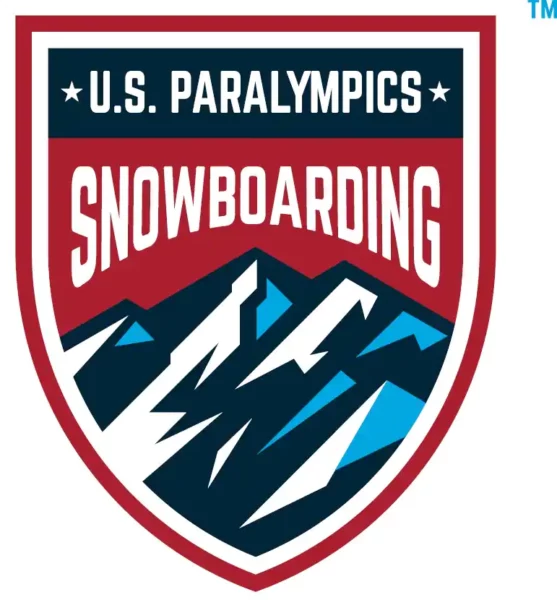 a Winter Games Paralympic Sport
a Winter Games Paralympic SportGoverning Bodies
International Governing Bodies

World Snowboard Federation (WSF)
National Governing Bodies
United States

U.S. Paralympics Snowboarding
Introduction:
Para-snowboarding originally called Adaptive Snowboard is now practiced by hundreds of athletes around the world and is generally competed in two events at the Paralympic Games: Snowboard Cross and Banked Slalom.
History of the Sport:
The sport made its official Winter Paralympic debut in the 2014 Winter Paralympics in Sochi, Russia. There were men’s and women’s standing snowboard cross. Only events in the SB-LL class were offered. The events were run in a time-trial format (one rider on course at a time), and. unlike some other Paralympic events, results were calculated without factors that adjust times based on disability classification. Each athlete got three runs over a course of jumps, bumps and turns. Times from the best two were added together for their final total.
In April 2014 the IPC announced plans to add slalom to the events at 2018 Winter Paralympics in Pyeongchang, South Korea. Consideration was also given to having the snowboard cross event run with pairs of athletes competing against each other rather than as a time trial. There were still no plans to add non-standing or visually impaired events.
As of 2014, visually impaired events were not considered for medal events at WSF Para-Snowboard competitions due to the small numbers of internationally competitive athletes.
Para Snowboarding was one of the competitions at the 2018 Winter Paralympics and was held at the Jeongseon Alpine Centre in Gangneung, South Korea.
Para Snowboarding was one of the competitions at the 2022 Winter Paralympics in Beijing, China. In total, eight medal events were held.
*** After initially rejecting the sport in August 2011, the International Paralympic Committee changed its mind and added Para-snowboarding to the Alpine Skiing program on 2 May 2012.
*** In January 2022, American snowboarder Brenna Huckaby, classified as SB-LL1 snowboarder, won a court decision to allow her to compete at the 2022 Winter Paralympics.
Rules – How to Play the Sport:
Classifications exist for deaf competitors, blind competitors, people with physical disabilities and those with intellectual disabilities. The IPC eligibility rules provide for athletes with a physical impairment such as limb loss or limb deficiency, spinal cord injury, nerve damage, or cerebral palsy. As of 2018, athletes with other impairments, such as visual impairments, are not eligible.
The International Paralympic Committee (IPC) defines three classes:
Para-snowboarding is divided into three classification categories.[2]
SB-LL1
Athletes competing in the class SB-LL1 have significant impairment to one leg, such as amputation above the knee, or “a significant combined impairment in two legs”, affecting their balance, their board-control and their ability to navigate uneven terrain. Athletes with annotations will use prostheses during racing.
SB-LL2
Athletes competing in the class SB-LL2 have impairment to one or both legs “with less activity limitation”, such as below-knee amputation.
SB-UL
Athletes competing in the class SB-UL have upper limb impairments, affecting balance.
The World Snowboard Federation (WSF) has a more elaborate classification system, with classes SB1 to SB12 for snowboarders with limb disabilities:
- SB1 for athletes with severe disabilities in both lower limbs
- SB2 for athletes with severe disabilities in one lower limb
- SB3 for athletes with moderate disabilities in both lower limbs
- SB4 for athletes with moderate disabilities in one lower limbs
- SB5 for athletes with disabilities in both upper limbs
- SB6 for athletes with disabilities in one upper limb
- SB9 for athletes with disabilities in one upper and one lower limb
- SB10 sitting class for athletes with disabilities in both lower limbs and trunk
- SB11 sitting class for athletes with disabilities in both lower limbs and partial trunk function
- SB12 sitting class for athletes with disabilities in lower limbs and good trunk function
The WSF also defines three visual impairment class, B1, B2 and B3, identical to those used by the International Blind Sports Federation (IBSA) for other sports for visually impaired athletes.


